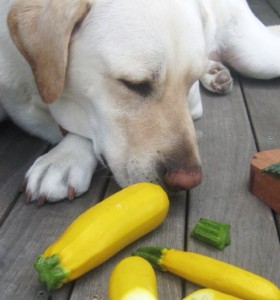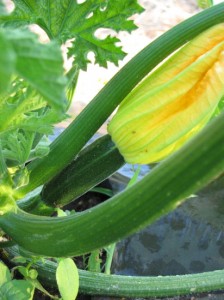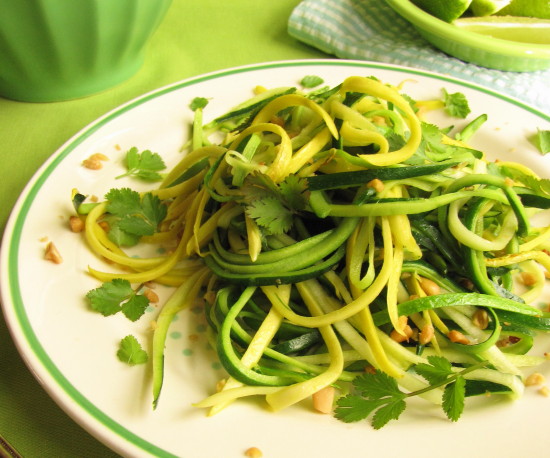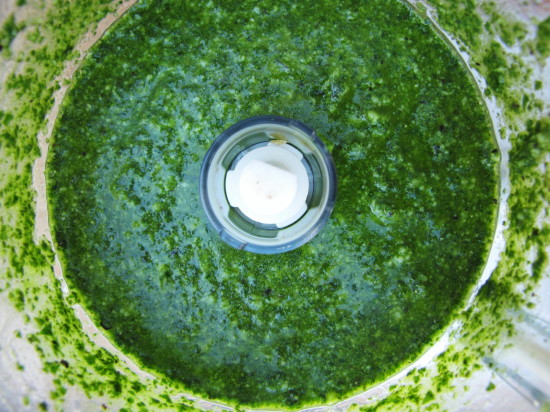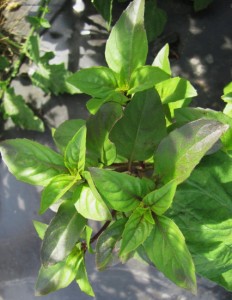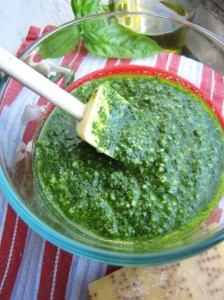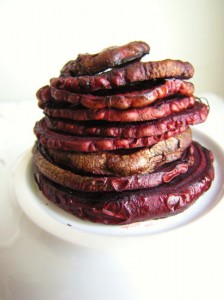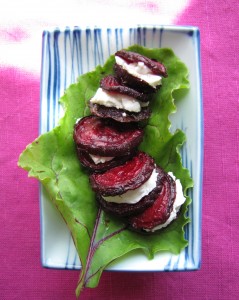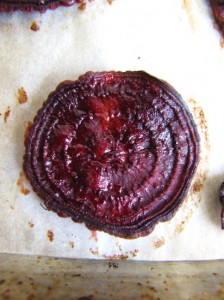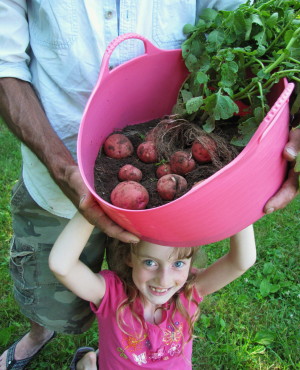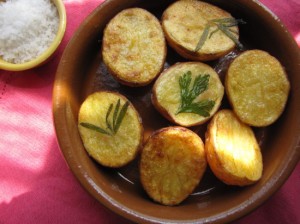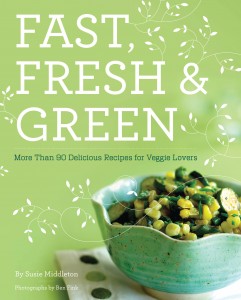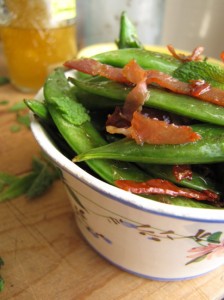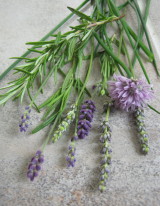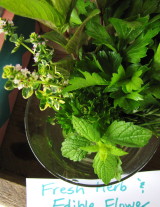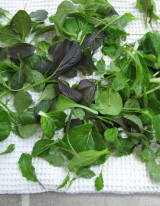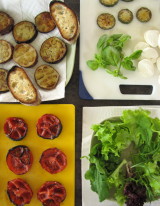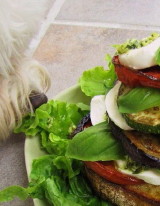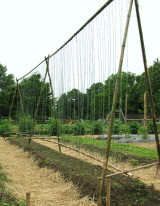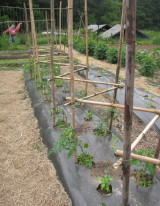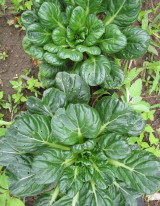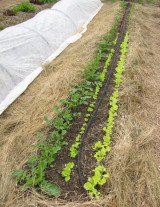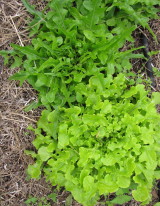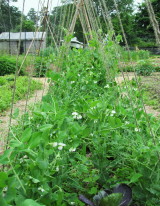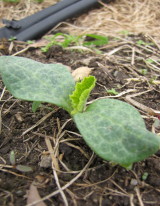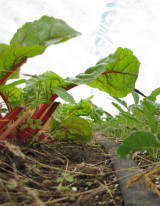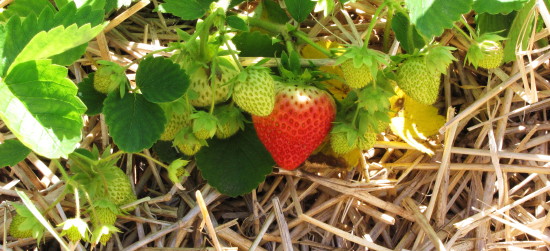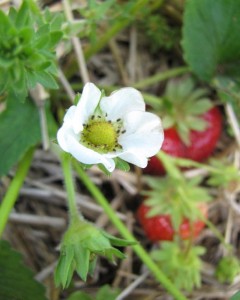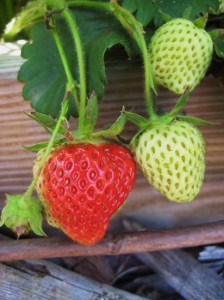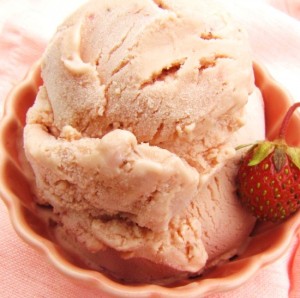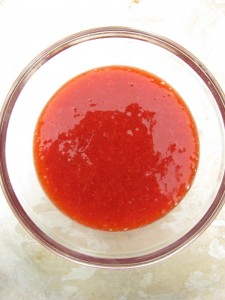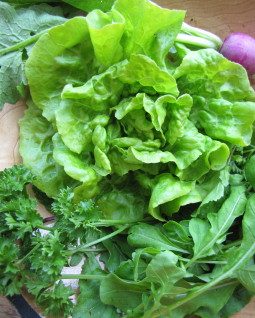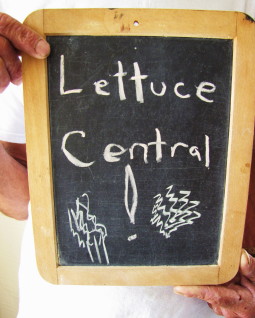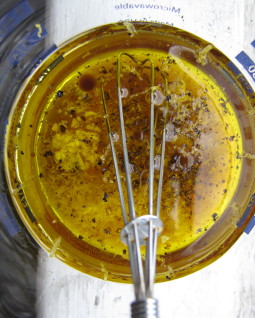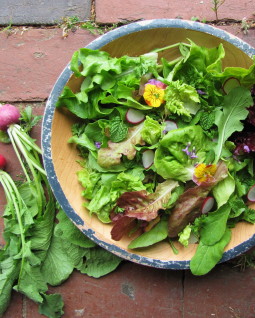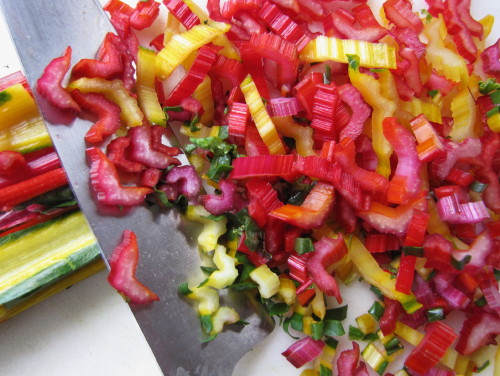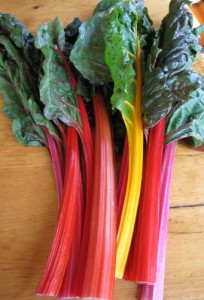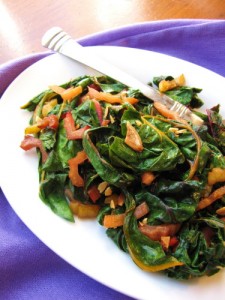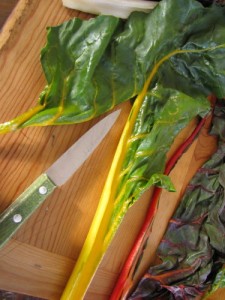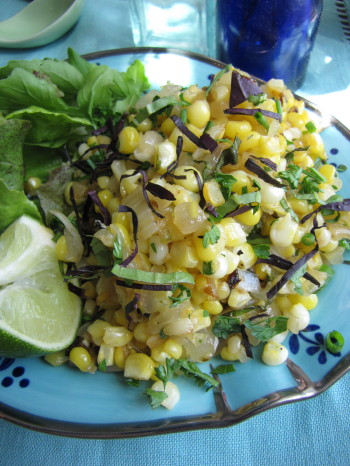 This week I had to write my own book review for the Huffington Post. A little awkward, yes indeedy. But a good opportunity, so I took it. The fun part was choosing a sample recipe from Fast, Fresh & Green that I thought a wide range of people might like—and that was spot-on seasonal. My first thought: Corn. Second thought: Corn Sauté. Third thought: Corn Sauté with Chile & Lime.
This week I had to write my own book review for the Huffington Post. A little awkward, yes indeedy. But a good opportunity, so I took it. The fun part was choosing a sample recipe from Fast, Fresh & Green that I thought a wide range of people might like—and that was spot-on seasonal. My first thought: Corn. Second thought: Corn Sauté. Third thought: Corn Sauté with Chile & Lime.
Choosing a corn recipe wasn’t a hard decision. I have a not-very-well-kept-secret sweet tooth, and I’ve loved good fresh corn since I was a kid. (The grown-up in me adds stuff like lime and chiles to temper the sweetness.) And up here in New England, the first corn is just starting to come in from the fields; so that means folks south of us are already indulging. The timing for a corn recipe was perfect.
Plus, I couldn’t stop thinking about corn for another reason: It’s birthday week. My Dad is turning 80 tomorrow, I am turning um…well, something that ends in 8…on Sunday, and Libby turned 8 today! To celebrate with Dad, we are hopping in the car and driving down to Lewes, Delaware, where I spent my childhood summers—and first fell in love with corn.
In those days (the dark ages, I know), the highway into town was lined with hundreds of acres of corn fields. (Now many of those fields are golf courses and retirement communities.) And all that corn was the pearly white, super sweet variety known as Silver Queen. The kernels were always tiny and juicy—not only delicious, but much easier on the teeth than this tough stuff you get in the grocery store these days. I’ve been told there’s an even sweeter variety of white corn around now, but I don’t seem to find either that or Silver Queen up here much. New Englanders seem partial to Butter and Sugar (yellow and white) varieties.
 When we celebrate everyone’s birthday on Saturday, two things I know for sure. We’ll have corn and we’ll have chocolate cake. It might not be corn on the cob, slathered with butter, as it used to be. It might be one of my corn-off-the-cob sautés (a little easier on the teeth and oh, so tasty!), hopefully made with Silver Queen. And it won’t be my grandmother Honey’s famous chocolate cake. (She’s the one to whom I dedicated Fast, Fresh & Green. She was such a seat-of-the-pants great cook that no one can actually recreate that cake.) But I’m planning to make one of my favorite easy Fine Cooking recipes, Alice Medrich’s Fastest Fudge Cake. Libby and I made it last weekend in anticipation of her birthday, and after I poured the fancy-looking ganache on top, she decorated it with M& Ms, gummy bears, and pieces of (homemade) chocolate chip cookies! We carried the cake to the beach, and 20 people must have stopped us along the way to coo over the cake (and Libby). I think my 80-year-old Dad will enjoy it as much as she did.
When we celebrate everyone’s birthday on Saturday, two things I know for sure. We’ll have corn and we’ll have chocolate cake. It might not be corn on the cob, slathered with butter, as it used to be. It might be one of my corn-off-the-cob sautés (a little easier on the teeth and oh, so tasty!), hopefully made with Silver Queen. And it won’t be my grandmother Honey’s famous chocolate cake. (She’s the one to whom I dedicated Fast, Fresh & Green. She was such a seat-of-the-pants great cook that no one can actually recreate that cake.) But I’m planning to make one of my favorite easy Fine Cooking recipes, Alice Medrich’s Fastest Fudge Cake. Libby and I made it last weekend in anticipation of her birthday, and after I poured the fancy-looking ganache on top, she decorated it with M& Ms, gummy bears, and pieces of (homemade) chocolate chip cookies! We carried the cake to the beach, and 20 people must have stopped us along the way to coo over the cake (and Libby). I think my 80-year-old Dad will enjoy it as much as she did.
All this thinking and writing about corn was too much for me, though. I couldn’t wait until Saturday for Silver Queen, so I bought some New England corn yesterday and made one of my sautés. (Recipe follows.) 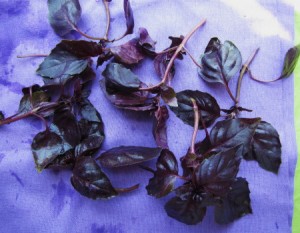 I substituted a few things in the Fast, Fresh & Green recipe, adding fresh ginger and garlic and taking out the chile powder, and using purple basil (rescued from the farm stand—it doesn’t sell), chives, and parsley in place of the cilantro. Kept the lime though. (You could sub lemon if you wanted.) Wow, this one was so good—the lime/ginger/sweet onion/sharp basil thing with that sweet corn really works—that I combined the leftovers with a little goat cheese and put them in a frittata for lunch. Just for me, of course. Sweet.
I substituted a few things in the Fast, Fresh & Green recipe, adding fresh ginger and garlic and taking out the chile powder, and using purple basil (rescued from the farm stand—it doesn’t sell), chives, and parsley in place of the cilantro. Kept the lime though. (You could sub lemon if you wanted.) Wow, this one was so good—the lime/ginger/sweet onion/sharp basil thing with that sweet corn really works—that I combined the leftovers with a little goat cheese and put them in a frittata for lunch. Just for me, of course. Sweet.
Summer Corn-off-the-Cob Sauté with Garlic, Ginger & Fresh Herbs
Don’t worry when you see a lot of brown stuff building up on the bottom of the pan. When you sauté corn, it always releases a bit of starch, which causes the browning. That brown stuff tastes really good though, so I incorporate a couple ways to get it back into the sauté. First, I suggest that you let the sauté sit for a few minutes in the pan after cooking. As the vegetables rest, they (especially the onions) will release some moisture that will loosen some of the browned bits, and you can then stir them in. Secondly, after you squeeze the lime in, you can use that bit of added moisture to get a bit more of the browned bits up. A wooden spoon works best for this.
________________________________________
1 tablespoon plus 1 teaspoon unsalted butter
1 tablespoon extra-virgin olive oil
1 1/2 cups small-diced yellow onion (6 to 7 ounces, or 1 medium-large onion), preferably sweet
Kosher salt
2 cups fresh corn kernels (cut from 4 medium ears)
1 tablespoon finely chopped fresh ginger
1 heaping teaspoon minced fresh garlic
1 teaspoon freshly grated lime zest
Freshly ground pepper
1/4 lime
3 tablespoons chopped fresh tender herbs (basil, parsley and chives are a nice combo)
______________________________________
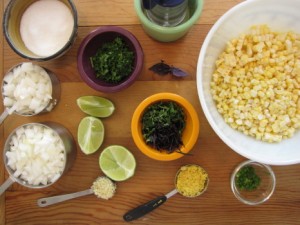 Melt 1 tablespoon of the butter with the olive oil in a 10-inch straight-sided skillet over medium-low heat. Add the onions and 1/2 teaspoon salt, cover, and cook, stirring occasionally, until translucent, about 5 minutes. Uncover, turn up the heat to medium, and sauté, stirring frequently, until lightly browned, another 4 to 5 minutes.
Melt 1 tablespoon of the butter with the olive oil in a 10-inch straight-sided skillet over medium-low heat. Add the onions and 1/2 teaspoon salt, cover, and cook, stirring occasionally, until translucent, about 5 minutes. Uncover, turn up the heat to medium, and sauté, stirring frequently, until lightly browned, another 4 to 5 minutes.
Add the remaining 1 teaspoon butter, the corn kernels, and another 1/2 teaspoon salt. Cook, stirring frequently and scraping the bottom of the pan with a wooden spoon, until the corn is tender but still slightly toothy to the bite, 4 to 5 minutes. (It will begin to intensify in color, glisten, and be somewhat shrunken in size). Add the ginger and garlic and cook, stirring, until very fragrant, 30 seconds to 1 minute. Stir in the lime zest and remove the pan from the heat. Let the corn sauté sit undisturbed for 2 to 3 minutes (moisture released from the vegetables as they sit will loosen browned bits) and stir again, scraping up the browned bits from the bottom of the pan.
Season the sauté with a few generous grinds of pepper and a good squeeze of the lime. Stir in half of the herbs. Let sit for another couple of minutes if you have time. Stir and season to taste with more salt, pepper, or lime juice. Stir in the remaining herbs just before serving.
Serves 3 to 4 as a side dish
Tip: I find the safest way to cut corn off the cob is to snap the shucked ears in half first. This takes a little elbow grease, but works fine. Then put one half, cut side facing down, on a large cutting board and slice down the cob with a sharp knife using a sawing motion. Keep turning the cob until you’ve cut off all the kernels. Repeat with the other half. For convenience, I also put a large (old) dishtowel over my cutting board before I start. When I’m done cutting, I can fold the corners of the towel up and easily transfer the kernels to a bowl. Any way you do it, be aware that corn kernels do have a tendency to go flying when you cut them.

